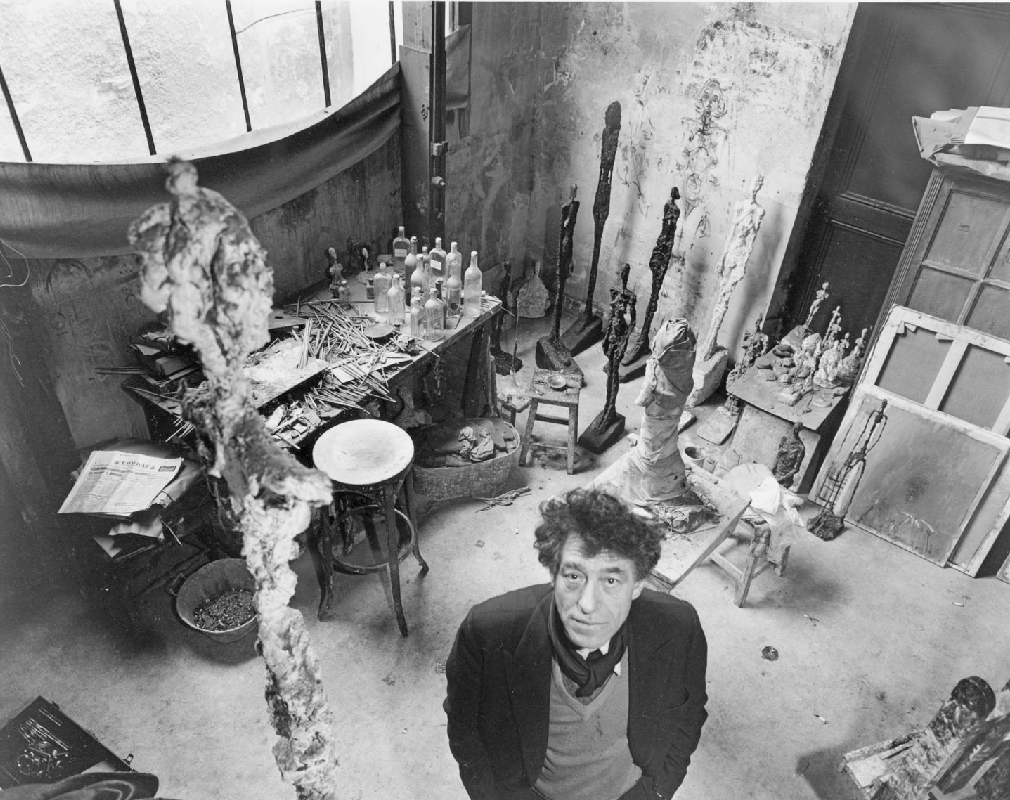Alberto Giacometti was born in Switzerland near the Italian border in 1901. His father was a well-known painter and he attended the School of Fine Arts and Crafts in Geneva before moving to Paris in 1922.
There he studied under the sculptor Antoine Bourdelle at the Ecole de la Grande Chaumiere. Giacometti was invited to join the Surrealists in 1929 but his method of working from the model meant he was eventually forced from the group. Between 1936-40 Giacometti concentrated on sculpting the human head focusing particularly on the model's gaze.
This was followed by a period of creating stretched sculptures, often the female form with elongated limbs reduced to little more than a sliver. His younger brother Diego Giacometti was also one of his favourite subjects. In 1948 Giacometti exhibited at the Pierre Matisse Gallery in New York and from this point his reputation grew rapidly.
In 1962 he was awarded the grand prize for sculpture at the Venice Biennale and with it came international celebrity. During his lifetime his work was shown at large exhibitions in Europe and in the USA and his work is housed at many art institutions worldwide including Tate Modern, Tate Britain, MOMA and the Museum of Fine Arts in Boston.
Giacometti died in 1966 of heart disease.

